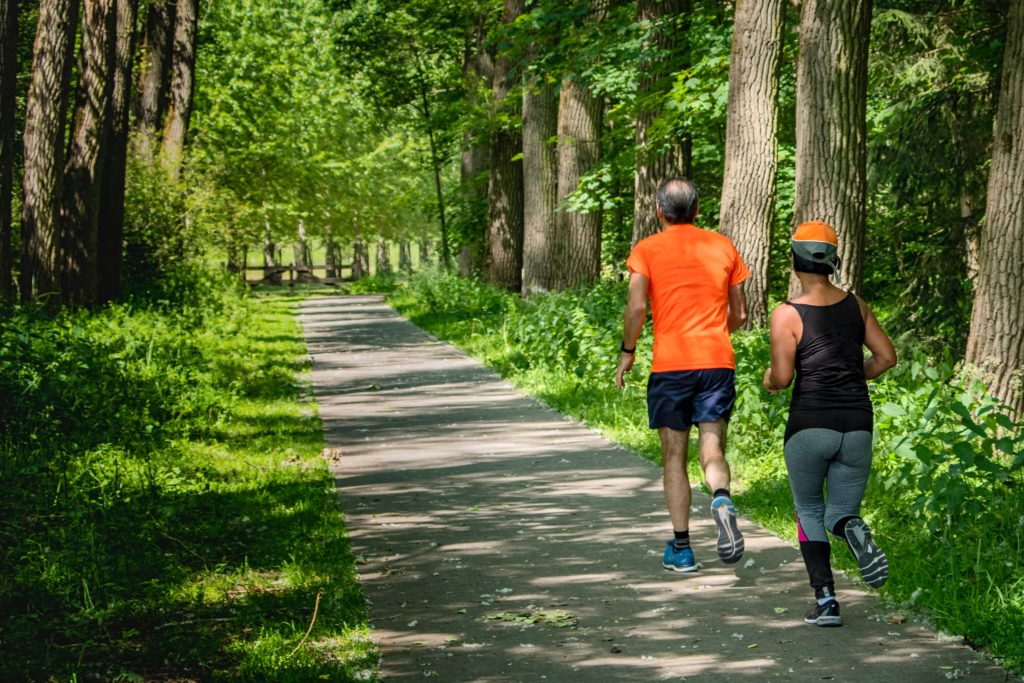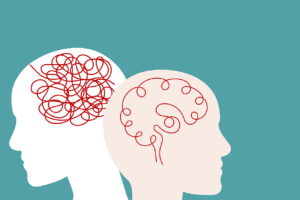
Exercise can reprogram your cells
Exercise is an important pillar of a healthy lifestyle. Previous blogs by the Center explain the benefits of regular exercise. Many of these benefits are easy to see or feel; however, some of the most important changes from exercise are happening at the cellular level. Recent research suggests that exercise has the ability to reprogram our cells for healthier aging.
Youthful mice
In a December 2022 study published by the Journal of Physiology, researchers from the University of Arkansas explored youthfulness-promoting factors in aging mice. The team set out to determine if exercise can help maintain youthful qualities in aging organisms.
The researchers compared aging mice with access to a weighted exercise wheel with mice that had undergone epigenetic reprogramming; that is, in the second group, the mice’s cells were reprogrammed back to a younger state that exhibited fewer hallmarks of aging.
Researchers then compared the skeletal muscle of aging mice who had been allowed to exercise to the skeletal muscle of mice with reprogrammed youthful cells. The team found that the exercised mice’s molecular profile naturally mimicked the youthful characteristics of the mice in the second group, which had been exposed to epigenetic reprogramming.
While some might conclude that we’ll one day be able to take a pill that mimics exercise without the physical activity it requires, the researchers say it’s not that easy.
“Exercise is the most powerful drug we have, and should be considered a health-enhancing – and potentially life-extending – treatment along with medications and a healthy diet,” said Kevin Murach, an assistant professor on the study.
Resistance training
Another study, published in the journal Antioxidants in November 2022, examines resistance training exercise at the cellular level in older adults. Researchers at Florida Atlantic University, in collaboration with the University of León in Spain, examined the relationship between exercise and cellular stress to see if physical activity helps calm inflammatory pathways in the body. Readers can recall that chronic, low-grade inflammation is a hallmark of aging that is responsible for many health disorders in older adults.
This new study set out to determine if an exercise program could improve key pathways involved in inflammation, as well as a specific protein (HSP60) and gene (Klotho) involved in the cellular health of aging individuals. To do so, researchers analyzed the proteins and cells of older adult participants before and after an eight-week resistance training program.
While the findings didn’t show a significant change in proteins and biomarkers for cellular stress, the researchers say the study does partially support that resistance training and regular physical activity are effective strategies to improve age-related cellular disorders.
Takeaways
So, what does this evidence mean for us?
As we age, it’s normal to experience decreased stamina and agility, though exercise is a great way to positively affect our health and aging at the cellular level. However, only 15.3% of those aged 65 and older meet the CDC’s recommended exercise guidelines:
- At least 150 minutes a week of moderate intensity activity.
- At least 2 days a week of activities that strengthen muscles.
- Activities to improve balance about 3 days a week.
There are many reasons why older adults may not be regularly active, though exercise does not have to be strenuous to achieve its health benefits. If you’re looking for gentle, pre-recorded workouts that you can do in the comfort of your home, find the Center’s former Healthy Aging Fitness series, meant for all experience levels, online here.
And remember, any sort of physical activity is better than none!
ABOUT THE AUTHOR
Rachel Bull is a student communication specialist for CSU’s Office of the Vice President for Research who has a background in public relations and marketing communications. She is pursuing her bachelor’s degree in journalism and media communications with minors in apparel merchandising and business at CSU.





